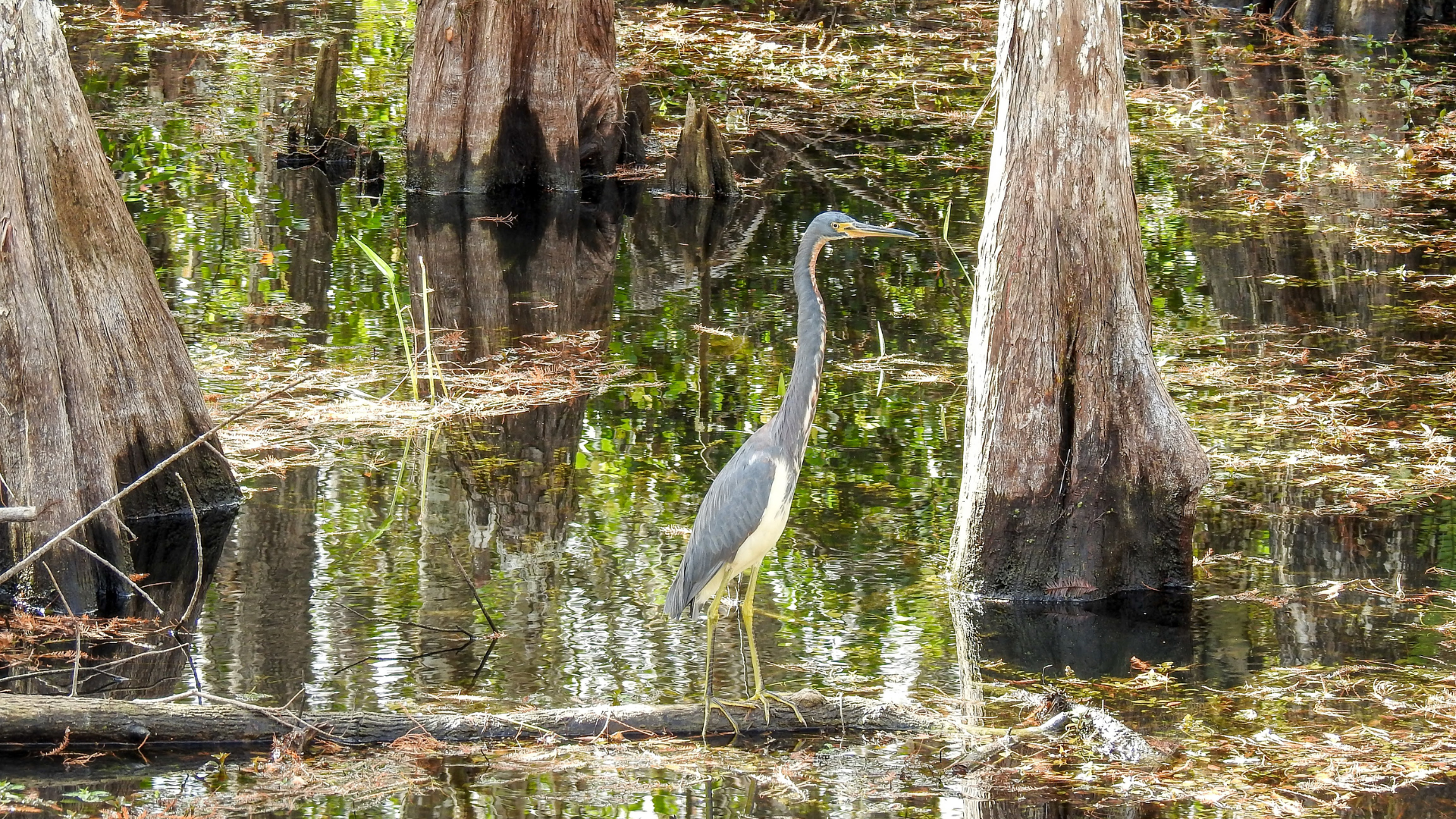The Treasure Coast of Florida, a region celebrated for its stunning beaches and vibrant coastal communities, is also a haven for an incredible diversity of native wildlife. From graceful wading birds to colorful butterflies and tiny tree frogs, our local ecosystems teem with life. While development often encroaches on natural habitats, every homeowner has the power to make a significant difference. This article will guide you through the rewarding process of attracting native wildlife to your backyard by creating a Florida-Friendly oasis, transforming your personal space into a vital haven for our precious local species.
Creating a Florida-Friendly yard isn’t just about aesthetics; it’s about ecological responsibility and enhancing your daily life. By thoughtfully designing your outdoor spaces, you can provide essential food, water, and shelter for countless creatures, observe fascinating behaviors up close, and contribute to the broader conservation efforts of the Treasure Coast. This eco-conscious approach embraces the natural beauty of Florida while supporting its unique biodiversity.
Building a Buzzing Backyard: Key Steps to Attract Florida’s Native Wildlife:
Here’s a list of practical steps to create a welcoming habitat and attract native wildlife to your backyard on the Treasure Coast:
Plant Native Species for Food & Shelter:
- Nectar & Pollen: Incorporate native plants Florida butterflies and hummingbirds adore, like Firebush, Tropical Sage, Wild Coffee, and various native milkweeds (for Monarchs!). These provide crucial nectar sources.
- Berries & Seeds: Choose berry-producing shrubs such as Beautyberry, Simpson’s Stopper, and Coontie to feed birds and small mammals. Native grasses offer seeds.
- Host Plants: Don’t forget host plants for butterfly larvae, like Corky-stem Passion Vine for Gulf Fritillaries or Pawpaw for Zebra Swallowtails.
- Layered Landscaping: Create different heights with canopy trees, understory trees, shrubs, and groundcovers. This provides diverse foraging and hiding spots for various species.
Provide Clean Water Sources:
- Bird Baths: Simple bird baths filled with fresh water are a magnet for birds. Ensure they are shallow and cleaned regularly to prevent mosquito breeding.
- Ponds & Water Features: For a more ambitious project, a small pond with gently sloped edges can attract frogs, turtles, and dragonflies. Ensure it’s safely designed to prevent accidental drownings for pets or children.
- Dripping Water: A small drip or mister near a bird bath can create enticing ripples, attracting even more birds.
Offer Essential Shelter & Nesting Sites:
- Dense Shrubbery: Plant native shrubs in clusters to provide thick cover for birds to nest, roost, and escape predators.
- Brush Piles: A small, tidy pile of branches and leaves in an out-of-the-way corner can offer shelter for reptiles, amphibians, and small mammals.
- Snags (Dead Trees): If safe, leaving a standing dead tree (snag) provides nesting cavities for woodpeckers and other cavity-nesting birds, and a perch for raptors.
- Roosting Boxes/Nesting Boxes: Consider adding birdhouses or bat boxes designed for native species in your area.
Practice Sustainable Gardening & Pest Management:
- Go Pesticide-Free: Avoid chemical pesticides, herbicides, and fertilizers. These harm beneficial insects and can poison wildlife. Embrace natural pest control methods.
- Composting: Start a compost pile to reduce waste and create nutrient-rich soil, supporting healthy plant growth without chemicals.
- Manage Invasive Species: Identify and remove invasive plant species that outcompete native plants and offer little value to local wildlife. Replace them with Florida-Friendly alternatives.
Minimize Disturbances:
- Reduce Outdoor Lighting: Excessive outdoor lighting can disorient nocturnal wildlife. Use motion-sensor lights or downward-facing fixtures where possible.
- Educate Pets: Keep outdoor cats indoors or in secure catios, and ensure dogs are supervised to prevent them from harming wildlife.
Your Backyard, Our Ecosystem: Cultivating a Greener Treasure Coast:
By implementing these Florida-Friendly landscaping principles, you’re not just creating a beautiful space; you’re actively participating in environmental stewardship. Your backyard oasis becomes a crucial link in the larger Florida ecosystems, supporting vital pollinators, birds, and other creatures that contribute to the overall health of the Treasure Coast.
Conclusion:
Attracting native wildlife to your backyard on the Treasure Coast is a deeply rewarding endeavor that benefits both you and the environment. By embracing the principles of Florida-Friendly landscaping – providing food, water, and shelter while minimizing harm – you can transform your property into a vibrant, eco-friendly backyard oasis. This commitment to sustainable gardening not only brings the beauty of nature closer to home but also plays a crucial role in preserving the unique biodiversity that makes the Treasure Coast lifestyle so special. Start small, be patient, and watch your backyard come alive with the wonders of Florida’s native creatures.
